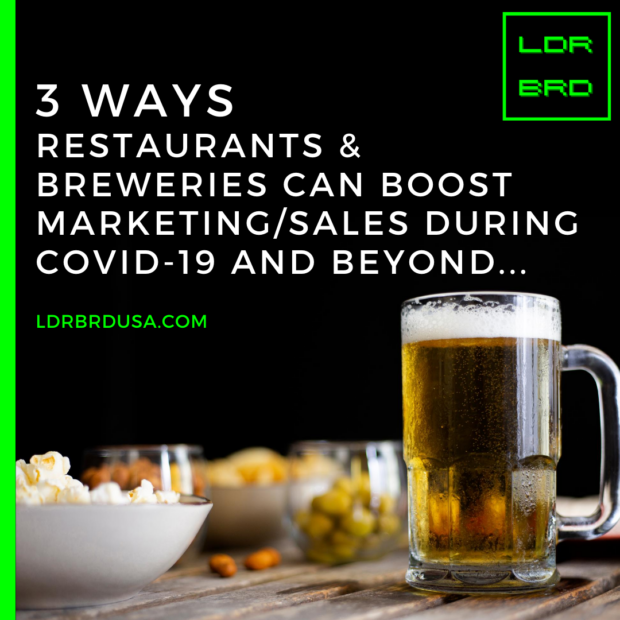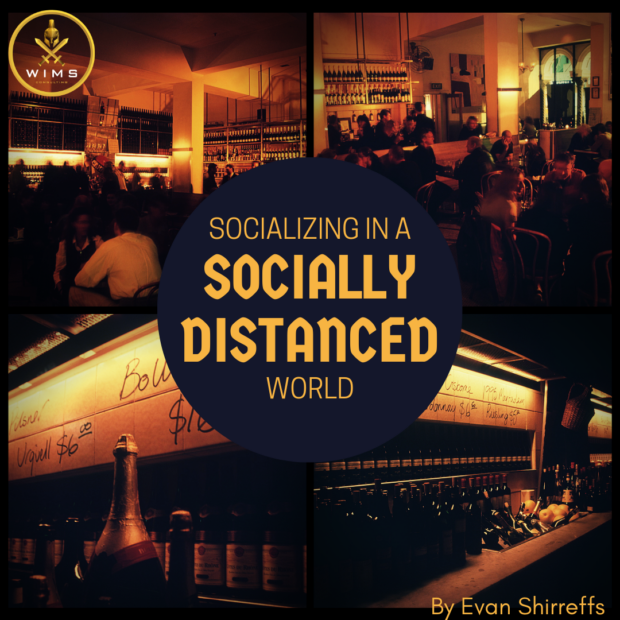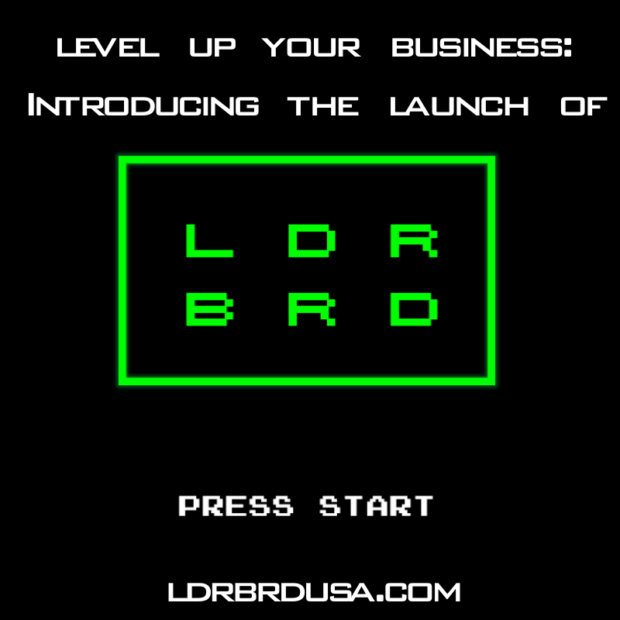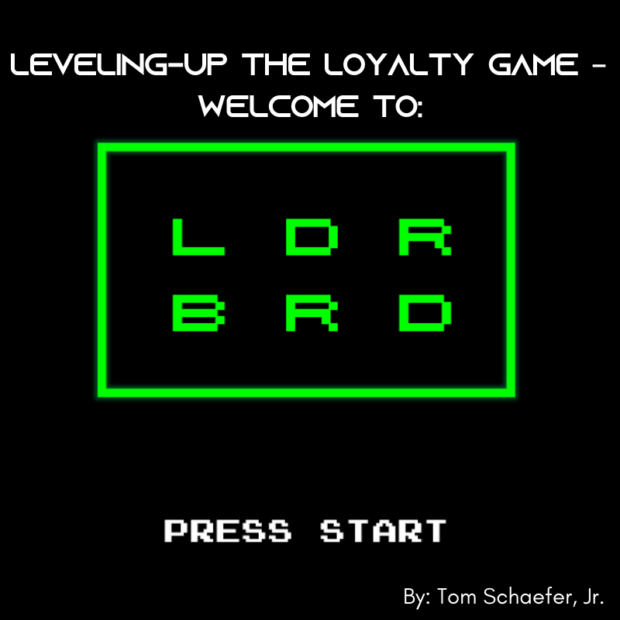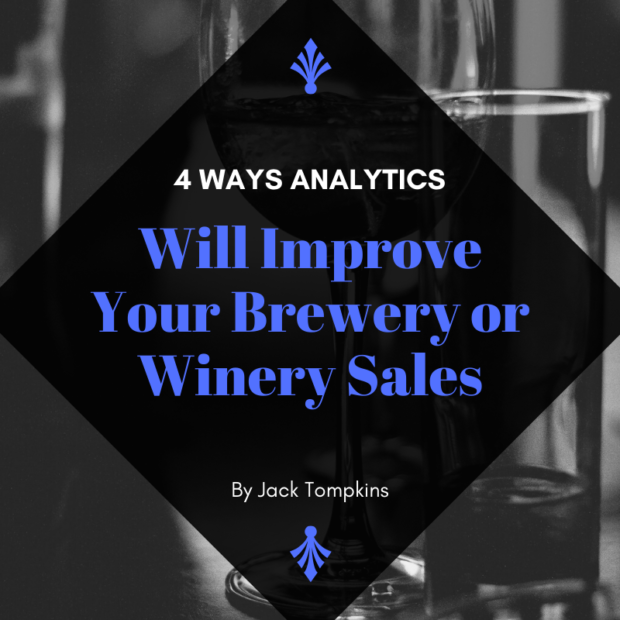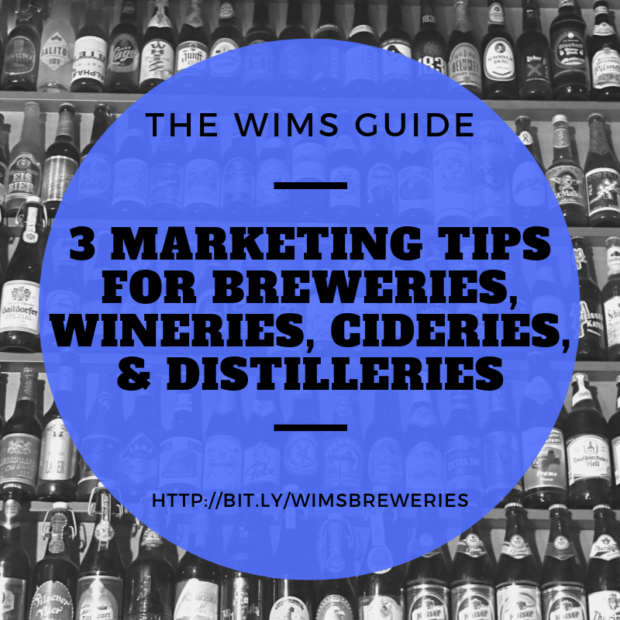By Jack Tompkins
Avoid poor performance with some pour analytics!
In the brewery/cidery/wine world, analytics can increase sales, improve customer insights, and most importantly, support and refine your gut instincts!
Whether you sell through a taproom or you have the full restaurant feel with the best beverages in town, analytics can help improve your day to day and leave you time to enjoy some of your very own hard work.
For brewers, if you get creative and dedicated enough (plus some extra equipment), analytics can even have a meaningful impact on the brewing process (shortening the time by a few hours).
For now, though, we’ll focus on making your top sellers even better, building loyalty with customers, and selling the amazing product you’ve already perfected.
#1 Further Identifying Top Performers… and What To Do With Them
You most likely have a pretty good sense of what your top performing drink is, regardless of the analytical power you have available. There’s a good chance that some further analytics could help enhance your top performer’s sales though.
Are those high sellers typically sold at a certain time of day or day of the week? Are they the highlight of the tour? What is typically ordered with them? How do they perform when on sale? Is the top seller also the most profitable?
Getting data supported answers to those kinds of questions can really help you lean into your top sellers and make it the top seller in the state, not just your taproom.
Running promos for your top performer
Using analytics, you can determine how top performers sell on certain nights, days, or times of day. Using this data, you can create promos that target times when the drink sells well and see if it sells phenomenally during the promo (more of a good thing is great, right?). On the flip side, you could try offering the promo when sales are typically a bit down, thus evening out the sales and using your top performers to bolster weaker sales periods.
If either promo works particularly well, you could then try it on some second-tier drinks and see if it helps their sales as well!
Selling your most profitable drink
You and your accountant potentially boil things down to financial metrics on a “per barrel” basis, but what about expanding that thinking to the pint and individual sale level? Is the breakdown of wholesale to taproom sales optimized for profitability? What is your most profitable drink sold in combination with?
You could always include your most profitable drink in an upsell opportunity, use it in promos since it has a higher margin, and pair it with food options that make sense for the customer’s palate and your business’ bank account.
You could also expand this to general menu profitability, but that’s a piece for another article (still heavily relating to analytics though).
What pairs well with that?
Do your bartenders and waitresses get this question a lot? Of course, the safe answer is for them to disregard their own taste buds and go with the popular answer, but it’s sometimes difficult to know that, let alone upsell another item in that context.
With analytics, you can have the two most frequently ordered food items with that drink at the tip of your fingers for a quick and data supported answer that your customers will likely enjoy the most!
Don’t sell food? Everyone sells flights of beers/ciders/wines, and sometimes a combination of all three! The same math applies here – you can quickly say what typical flight combos are or upsell to suggest the most profitable tastings that go with the rest of the flight.
What sells best after a tour?
Maybe it isn’t your top performer. Maybe something in the sales pitch/historical fun fact/story about the creation made it a top tour seller. Analyzing the data can tell you what the financial results of the tour are and help you leverage that experience in other sales points.
The shortened version of that same story could be put to good use at the bar and increase sales there as well!
#2 Put Your Marketing Data to Use
There is a lot of power that can come from your audience. Marketing data can give you insights into not just top sellers, but most popular options (not always the same), most talked about drinks and events, highest return on drink-related campaigns, and many other pieces of analytical gold. Just refer to the folks at WIMS for the power of your marketing data.
Pay attention to your marketing avenue’s data and you can develop strong, loyal connections with local residents. If you’re able to identify people who engage with your material most often, wouldn’t you want to encourage that behavior? Throw them a free sample of a new beer or get their opinion on a recent event. Whatever it is, people love to feel appreciated and will maintain loyalty because of it.
Analyzing your marketing data can help find these individuals who love your brand and you can develop a mutually beneficial relationship with them. They also probably represent your target market so that makes them the perfect test subject for new ideas, and you can extrapolate from their comments/reviews and apply it to the larger population of your target market with some simple statistics.
#3 Analyze and Cater To Repeat Business
Similar to your loyal social media followers, it’s important to take note of your repeat customers. You should be able to track this through your POS data. Of course, folks who saddle up to the bar several times a week are going to be easy to identify, but people that come by once a month might be harder to remember, let alone remember their preferences.
Acknowledging these repeat customers goes a long way. Using your data, you can learn their preferences, food they order, favorite style, other options they would enjoy based on their tastes, etc. and it can help give you an additional level of insight that make you and your waitstaff look great.
Repeat business is the key to success. Spending 10 minutes analyzing their data can result in a loyal customer for life.
#4 Put it All Together
Now, let’s combine all of this into a logical, and very effective cycle that can result in significant long term benefits for your business.
-
Start with identifying your top sellers and most profitable drinks – these will always come into play
-
Engage with folks through social media, blog posts, and email marketing to further promote those top selling/most profitable options and generate some buzz for them
-
Take that marketing data that you gather from the campaigns and identify what is most popular, who shares it, who actually comes in to purchase it, etc.
-
Study the “what pairs best” combinations of food/flight options to satisfy customers when they come in
-
Pay attention to, acknowledge, and examine the data for your repeat customers to build strong loyalty
-
Continue nurturing this end to end cycle of satisfied, loyal, and maybe slightly intoxicated customers that you now have supporting you week in and week out
A little bit of analytics goes a long way and can greatly help in every aspect above. You’ll be targeting better customers, be more efficient, save money, and increase revenue all with adding a few key analytical practices to your process that won’t take away from your day to day or your gut instinct.
If you’re interested in seeing how we can help implement these strategies at your brewery/winery please reach out to us here.
Also posted on the Pineapple Consulting blog here.
